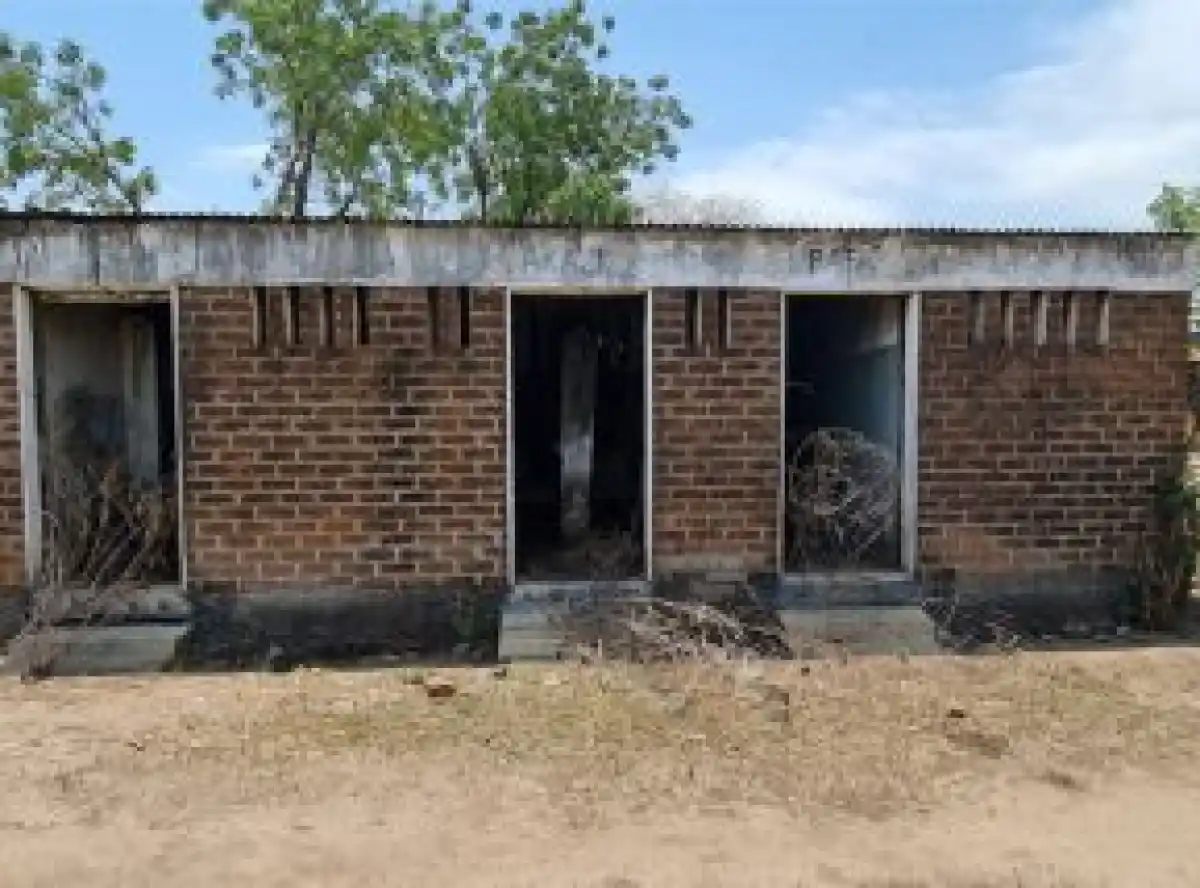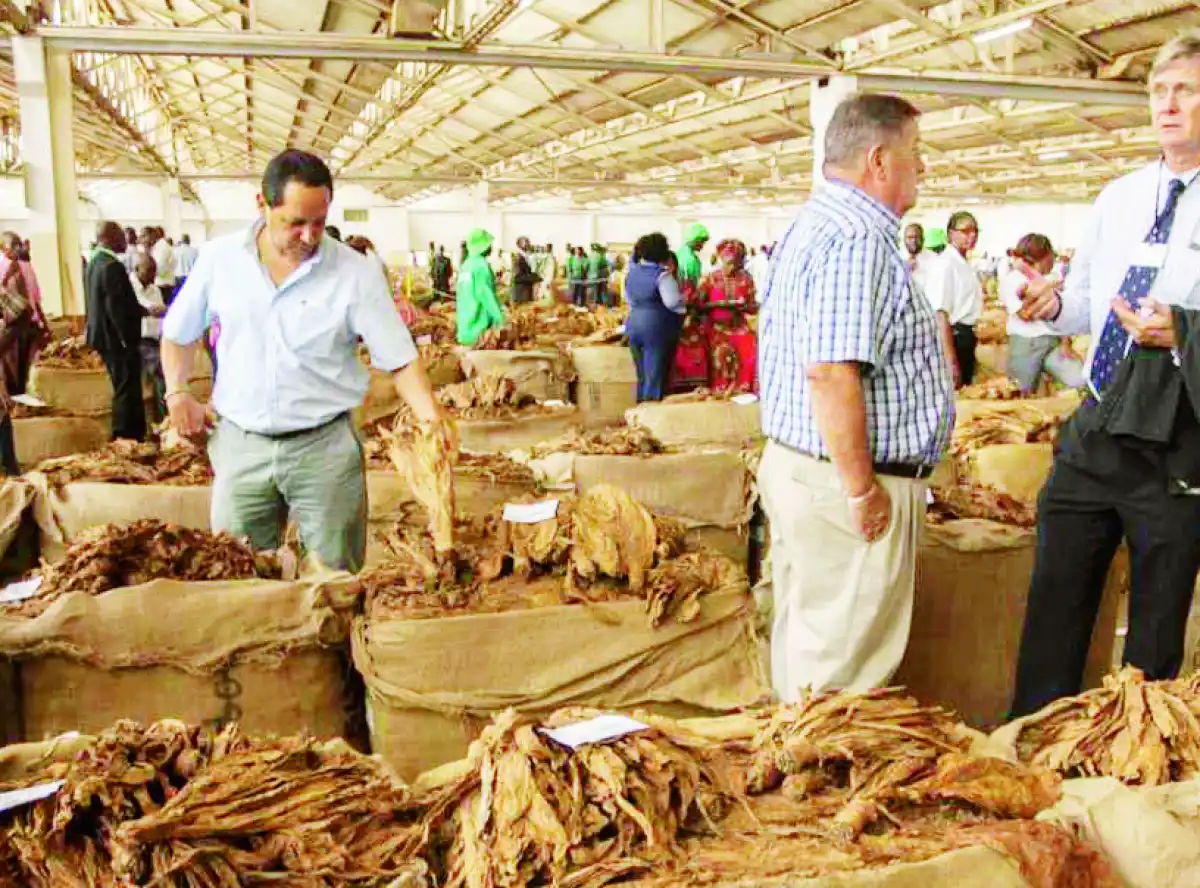
A British man by the name of David Brian Roy (1925-2000) arrived in this country in 1979. He was an architect by training and by passion. He was also a preacher, initially affiliated to the Methodist Church back home in England and later to the Anglican Church during his tour of duty in Malawi.
Brian had worked in several countries before 1979. Just before his coming to Malawi, he had spent four years in Iran and had helped in the design and construction of a library, a bazaar of two thousand shops and oil refinery in that country.
It was because of the 1979 Iranian revolution (which led to the ousting of the Imperial State of Iran and the creation of the Islamic State of Iran) that Brian decided to leave the otherwise culturally rich country. In May of that year he accepted to take up the post of Estates Development Manager in the University of Malawi, whose Chancellor then was Hastings Kamuzu Banda. In his capacity as the new Estates Development Manager, Brian proposed to the chancellor that a ceremony be held to set the Datum-Line at the site where the Great Hall Complex was to be erected.
The proposal was inspired by his appreciation of the great works of the Greek and Roman architects. The primary chancellor, a fervent classicist himself, nodded to the proposal and the ceremony was held in October of 1979.
In his spare time, Brian pursued his passion by studying the interesting architectural designs of Malawi, often sketching them with pencil and paper. One architectural masterpiece he encountered upon his arrival in May 1979 was the imposing St. Michael and All Angels Church. Although the edifice was only 88 years old at the time, Brian realised that, in the context of modern Malawi’s timelines, it could be considered ancient, as there were hardly any buildings in Malawi older than it.
By 1984, Brian had travelled the country and had produced hand drawn drawings of some buildings that he considered to be of historical significance. About 30 of these were included in a book titled The Malawi Collection, which he published in 1984. The impressive St Michael and All Angels Church was, of course, among the thirty, as was a two-level traditional building he saw in Nctheu.
Also included in Brian’s book was a building that remains largely unknown to most Malawians even today: The General Secretary’s Residence at Nkhoma Mission. At that time, the road from Kamphata on the M1 to Nkhoma was a dirt track, making the journey to the mission station a challenging one for Brian, a far cry from the smooth drive now possible since the road was paved in the early 2000s. Brian must have deeply valued the architectural design of the General Secretary’s residence to endure such a difficult trip to Nkhoma in the 1980s.
The first occupants of the General Secretary’s residence were white missionaries. In 1962, control of Nkhoma Synod was handed to locals and Rev. Killion Mgawi became its first Malawian General Secretary. He was succeeded by Rev. Yeremiah Chienda in 1968. Rev Chienda (initially) served two terms as General Secretary but cut his second term short by one year as he had to proceed to America for further studies.
A string of Malawian general secretaries followed: Reverends Kainja, Kamnkhwani, Kawale, Chienda (again), Sasu, Chifungo, all the way to the incumbent general secretary, reverend Vasco Kachipapa. All these, except the last one, lived in the historic general secretary’s residence.
On Wednesday, June 26 2024, the Very Reverend Dr. Killion Mgawi was interred at Nkhoma Mission cemetery, having faithfully served as a CCAP minister for a good part of his life. He was 93 when he passed on in the morning of Sunday, June 23 2024.
The passing of Rev. Dr. Mgawi marked the end of an era of Malawian CCAP minister of the Nkhoma Synod who were his contemporaries. Now, only Rev Chipeta, the venerable 93-old guardian of Mchinji Orphanage–famous as the place where Madonna adopted her son, David–remains as the last witness to that distinguished generation.
Sadly, we seem to be losing the General Secretary’s residence just like we have lost the Synod’s old guard. Abandoned for some time, it now stands in a state of disrepair. When I visited the building two years ago, I had to fight back tears as I saw yawning cracks marring its interior walls. Brian Roy, if he could resurrect, would likewise share in my anguish at seeing the decay of the residence he once cherished.
Immediate action is needed. We cannot allow such a historical artifact to so seriously deteriorate on our watch.








0 Comments